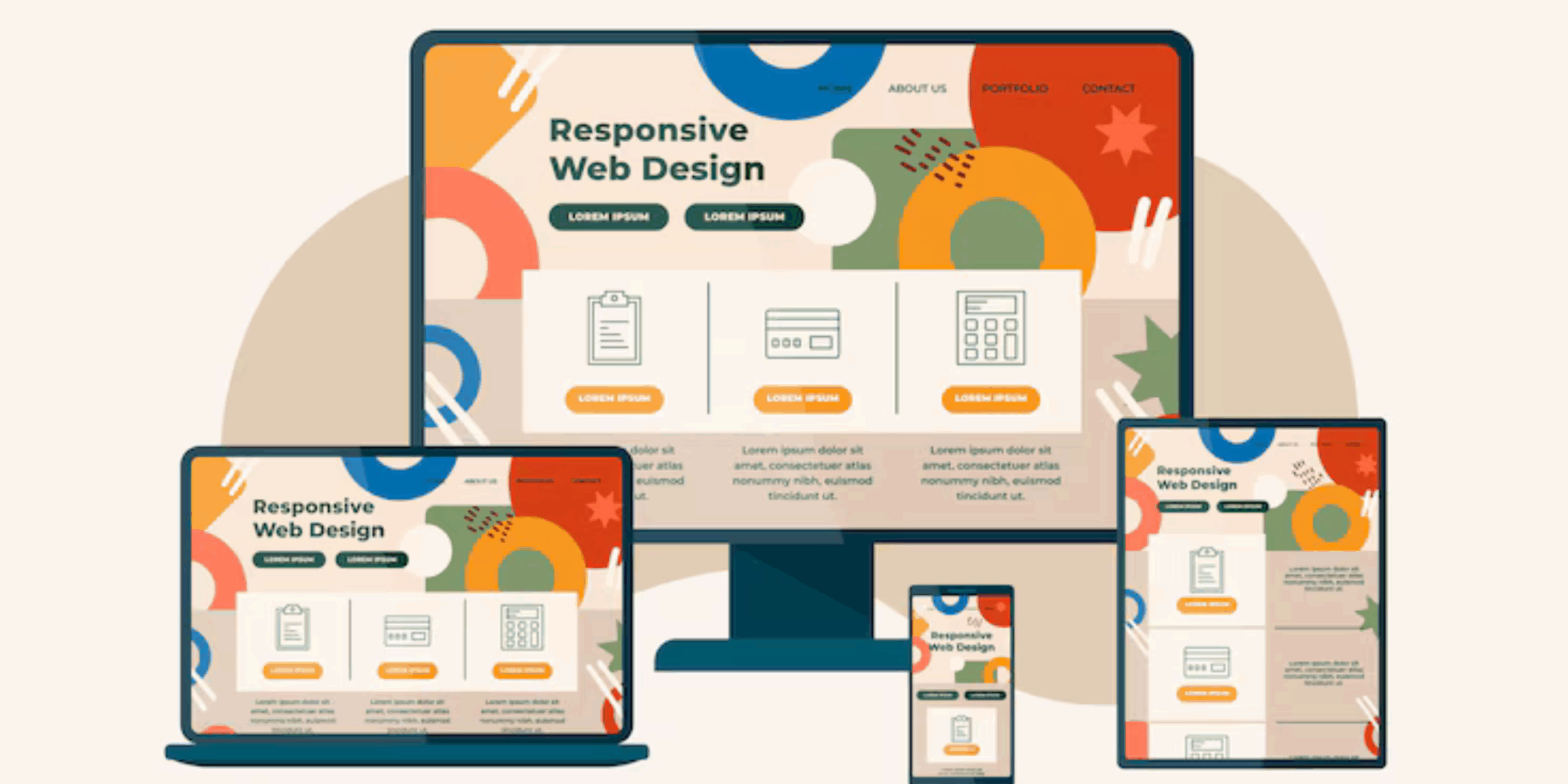
As Australia’s digital economy continues to grow, websites need to perform across all devices. Responsive web design has emerged as a necessity as mobile usage is on the rise and user expectations continue to evolve. Businesses will require adaptable, efficient platforms in 2025. In this article, we explore why responsive web design is no longer optional, but a core way to deliver user centered, accessible and future ready digital experiences.
Evolution of Responsive Web Design
Responsive web design has experienced significant transformation in recent years by moving from fundamental adaptive practices toward sophisticated dynamic frameworks. Today’s responsive web design approaches utilise flexible images and fluid grids and media query systems to deliver seamless adjustments across different device screens. Developers combine design thinking with coding expertise to build sites that automatically reorganise layouts while maintaining functionality.
The evolution of interfaces stems from users spending more time on mobile devices while expecting effortless navigation. Design methodologies continue to improve with dedication to accessibility and user engagement which maintains robust and efficient web experiences in today’s rapidly changing digital environment.
Principles of Modern Web Design
Modern web design standards focus on achieving clarity and simplicity while delivering responsive user experiences for diverse audiences. Designers maintain equilibrium between visual appeal and usability while developing interfaces that remain user-friendly across different devices. The deliberate use of typography alongside consistent color choices and space distribution creates a unified web experience. Flexible frameworks together with scalable layouts form the foundation for efficient coding practices.

The combination of performance optimisation with fast load times creates an environment that boosts user engagement. The combination of user behavior analysis and data-driven design decisions leads to a digital environment that both enables creative expression while maintaining operational efficiency.
Technological Advancements and Adaptability
The capabilities of responsive web design continue to evolve through ongoing technological development. The advancements in coding standards and browser compatibility have resulted in adaptable frameworks which smoothly operate across multiple platforms. Web development professionals implement new emerging frameworks to design interactive websites with adaptive features that detect user actions. Modern design strategies prioritise enhanced performance while incorporating security measures and scalability features. These technological advances lead to more efficient development cycles and reduced resource requirements.
Digital products that focus on adaptability will evolve alongside technological trends to deliver reliable solutions that meet the growing demands for connectivity and functionality in today’s dynamic online environment. Digital experiences benefit from ongoing innovation through a relentless commitment to excellence which drives continuous improvement.
User Experience and Interface Considerations
User experience stands as an essential foundation for creating effective web designs. Web interfaces combine functional elements with visual attractiveness through precise design methods that create smooth user interactions with content. Designers create interfaces based on clear layouts and intuitive navigation and interactive elements that lead to user satisfaction. Performance analytics and user testing guide developers in creating continuous enhancements to minimise obstacles and improve accessibility.

The combination of responsive interactions and careful attention to visual hierarchy enables interfaces to deliver consistent experiences across different devices. The emphasis on user experience results in improved engagement rates and trust levels leading to meaningful digital interactions that advance business goals and enhance overall system performance. Modern interfaces benefit from refined approaches that improve operational efficiency and create enduring customer experiences which fuel business expansion and better conversion metrics.
Innovative Responsive Techniques
Developers use innovative responsive methods to address screen size variations and network instability. Through adaptable frameworks and modular coding practices developers produce digital experiences that maintain visual appeal while delivering functional robustness. Real-time analytics and user feedback guide the design process for dynamic refinement of layout adjustments. The industry maintains clean accessible code and consistent performance across platforms through the work of practitioners.
Web Designing Services in Australia
Combine technological proficiency with strategic foresight to deliver comprehensive solutions. Sustainable development practices continue to focus on meeting diverse user needs while adapting to evolving digital standards. These forward-thinking approaches enable organisations to adapt while enhancing performance capabilities and fostering sustainable expansion throughout emerging digital industries.
Emerging Trends and Future Directions
Industry experts track current trends and future industry directions to develop responsive design strategies that stay competitive. Industry experts study the advancements of interactive interfaces alongside AI integration and automatic layout systems which accommodate shifting user behaviors. Standards emerging from the field ensure secure interfaces that load quickly without sacrificing design consistency across various devices. Ongoing adaptive algorithm research leads to better personalisation features alongside improved user experiences. Strategic planning includes sustainability and innovation integration across all project phases.

Responsive design’s value is further enhanced with the inclusion of content services in Australia, with engaging content aligned to adaptive layouts. Through this forward-thinking methodology developers gain the power to fulfill emerging market requirements while creating groundbreaking digital solutions that shape the upcoming dynamic landscape.
Conclusion
Responsive web design stands as a fundamental requirement for achieving success in modern digital environments. Designers and developers transform online experiences by implementing adaptive strategies and innovative technical approaches. A focused approach leads to efficient operations while ensuring accessibility and sustained growth. Digital platforms that adopt responsive methodologies maintain their evolution with technological trends and effectively fulfill shifting user requirements. The approach ensures both future advancement and enduring digital innovation relevance on a global scale.
